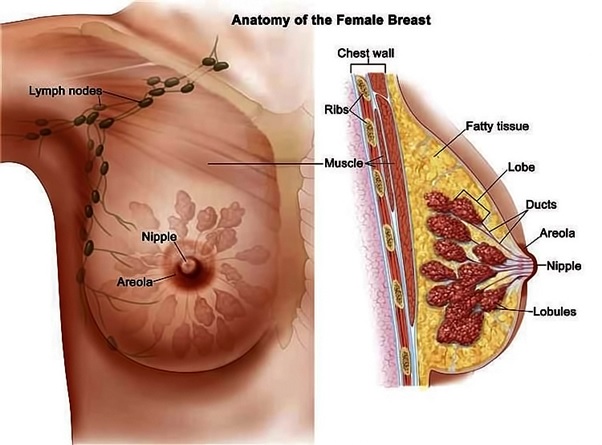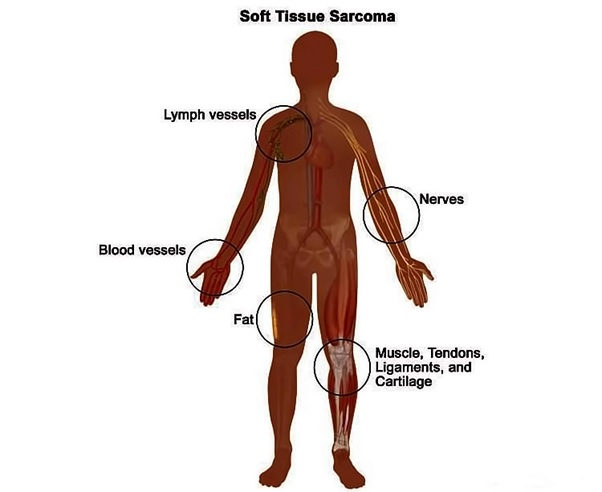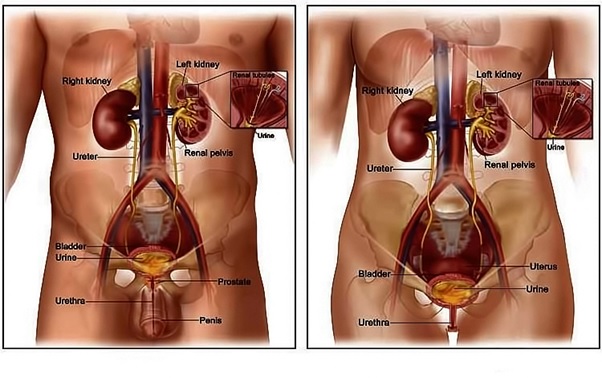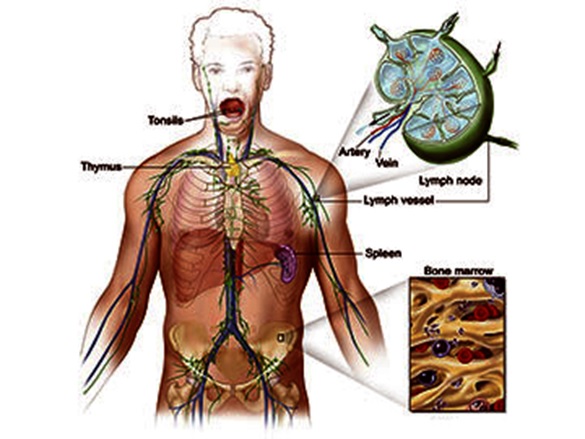Common Cancer Site
Can we please get your advice on this one question?
Here is
some information on common Cancer sites. There are more than a hundred kinds of
Cancer.
Bladder Cancer
The bladder is a hollow organ that stores urine until it is passed. A common type of bladder Cancer is urothelial carcinoma that begins in transitional cells that are able to stretch as well as change shape. Smokers and people exposed to certain chemicals, and people with common bladder infections have an increased risk of bladder Cancer. A sign of bladder Cancer is blood in the urine.

Breast Cancer
Women’s breasts have specialized glandular tissues that produce milk. Milk is carried by thin ducts to the nipple. A common type of breast Cancer is ductal carcinoma that begins in cells in the ducts. Breast Cancer may spread to surrounding tissues as well as the lymph system. Signs of breast Cancer include a lump in the breast as well as changes in shape or texture.

Colorectal Cancer
Colorectal refers to the colon and rectum which are parts of the lower
digestive system. The lower digestive system absorbs nutrients & water as
well as stores stool before leaving the body. A common type of colorectal
Cancer is adenocarcinoma which produces fluids and mucus. Colorectal Cancer
often begins with the growth of a polyp or clump of cells that may form on the
inner wall of the colon or rectum. Signs of colorectal Cancer include blood in
the stool, change in stool consistency, and abdominal discomfort.

Kaposi Sarcoma
Kaposi sarcoma commonly develops in people infected with HIV, the virus that causes AIDS. HIV, malaria, as well as chronic infections compromise the immune system allowing abnormal tissues to grow. Kaposi is an abnormal soft tissue that can grow under the skin in the linings of the nose, mouth, throat, as well as in organs. Sarcomas can form in many areas like: muscle, fat, blood vessels, lymph vessels, tendons, nerves, and the tissues around joints. Signs of Kaposi sarcoma include lumps as well as swelling in the soft tissues impacted.

Kidney (Renal) Cancer
People have two kidneys which are located above the waist on each side of the spine. Kidneys work to clean blood as well as remove waste in the form of urine. Kidneys also make hormones which act on blood pressure as well as red blood production. Renal cell Cancer forms in the kidney pelvis that acts as a funnel for urine flow. Smokers and people exposed to certain drugs & chemicals have an increased risk of kidney Cancer. Signs of kidney Cancer include blood in the urine, low back pain , anemia, and fatigue.

Leukemia
Leukemia is Cancer of the blood. Blood forms in the bone marrow as well as blood forming organs. Leukemia occurs when abnormal immature blood cells crowd out normal blood cells in the bone marrow. There are various types of leukemia based on if white blood cells (which fight infection), red blood cells (which carry oxygen), or platelet cells (which helps blood clot) become Cancer. Leukemia commonly occurs in adults over 55 years as well as children under 15 years. Signs of leukemia include: persistent tiredness, weight loss, swollen lymph nodes, as well as easy bruising or bleeding.

Lung Cancer
People have lungs or a pair of spongy breathing organs located inside the chest. When inhaling the lungs bring oxygen into the body and when exhaling the lungs send out carbon dioxide. Lung Cancer is the uncontrolled growth of abnormal cells that starts in lung tissue. Non-small cell and small cell lung Cancer describes how Cancer cells appears under a microscope. Non-small cell lung Cancer is much more common. Smoking is the leading cause of Cancer. Signs of lung Cancer include shortness of breath, a persistent cough, as well as coughing up blood.

Lymphoma
Lymphoma is
Cancer of the immune or lymph system. Lymph is a colorless fluid found
throughout the body containing infection-fighting white blood cells. Lymphoma
is described as Hodgkins (abnormal large white blood cells) and non-Hodgkins
(abnormal B, T, or NK white blood cells) based on how Cancer cells appears under
a microscope. Signs of lymphoma include swollen lymph nodes, tiredness, as well
as weight loss.

Pancreatic Cancer
The pancreas is a horizontal j-shaped (tadpole shaped) gland, about 16 centimeters (6 inches) long, located in the upper abdomen, surrounded by the stomach and intestines. The pancreas works in the digestion (the breakdown) of food using enzyme juice and in the regulation of blood sugar (using the endocrine hormone insulin). A common type of pancreatic Cancer is adenocarcinoma which begins in digestion or exocrine cells. People who smoke and those with a family history of pancreatic Cancer have an increased risk. Signs of pancreatic Cancer include abdominal pain, nausea, diarrhea, as well as pale colored stools.

Prostate Cancer
Men have a prostate gland that lies below the bladder and in front of the rectum. The prostate works to make fluid that is part of seamen. A common type of prostate Cancer is adenocarcinoma that produces fluid and mucus. Most cases are diagnosed in men over 50 years of age. Signs of prostate Cancer include frequent urination, weak urination, and painful ejaculation.

Skin Cancer
Skin is the thin outer layer of the body made from squamous cells, basal cells, and melanocytes. Skin protects us against injury, infection, heat, and sunlight. Skin Cancer occurs when sun damaged skin cells go unrepaired and abnormal cells grown uncontrollably. Abnormal squamous or basal cells are called non-melanoma skin Cancers. Non-melanoma skin Cancers may appear as waxy lumps, skin growths, scaly patches, as well as sores. Melanoma is a serious skin Cancer that forms in melanin or color-forming cells. Melanoma may appear as mole changes as well as darkening of the skin.

Thyroid Cancer
The thyroid is a butterfly shaped gland located near the windpipe at the base of the throat. The thyroid gland makes hormones that help control body temperature, heart rate, blood pressure, and weight. There are four kinds of thyroid Cancer; which are, papillary, follicular, medullary, and anaplastic. Papillary thyroid Cancer is the most common while anaplastic is most serious. Thyroid Cancer may not have symptoms but possible signs include neck pain and difficulty swallowing.

Uterine Cancer
The uterus is a hollow muscular organ in a woman’s pelvis where a baby grows. Most uterine Cancers form in the inner lining of the uterus (called the endometrium). Common endometrial uterine Cancers are adenocarcinomas which produces fluids and mucus. An uncommon form of uterine Cancer is sarcoma that begins in the tissue and muscles that support the uterus. Signs of uterine Cancer include: unusual vaginal bleeding, discharge, painful urination and obesity.

FREE Infographic What successful people believe. What successful people do
Dictionary of Cancer Terms
Need help understanding a word? Here is an electronic resource that gives meaning to Cancer terms and their usage.

StrengthsFinder 2.0